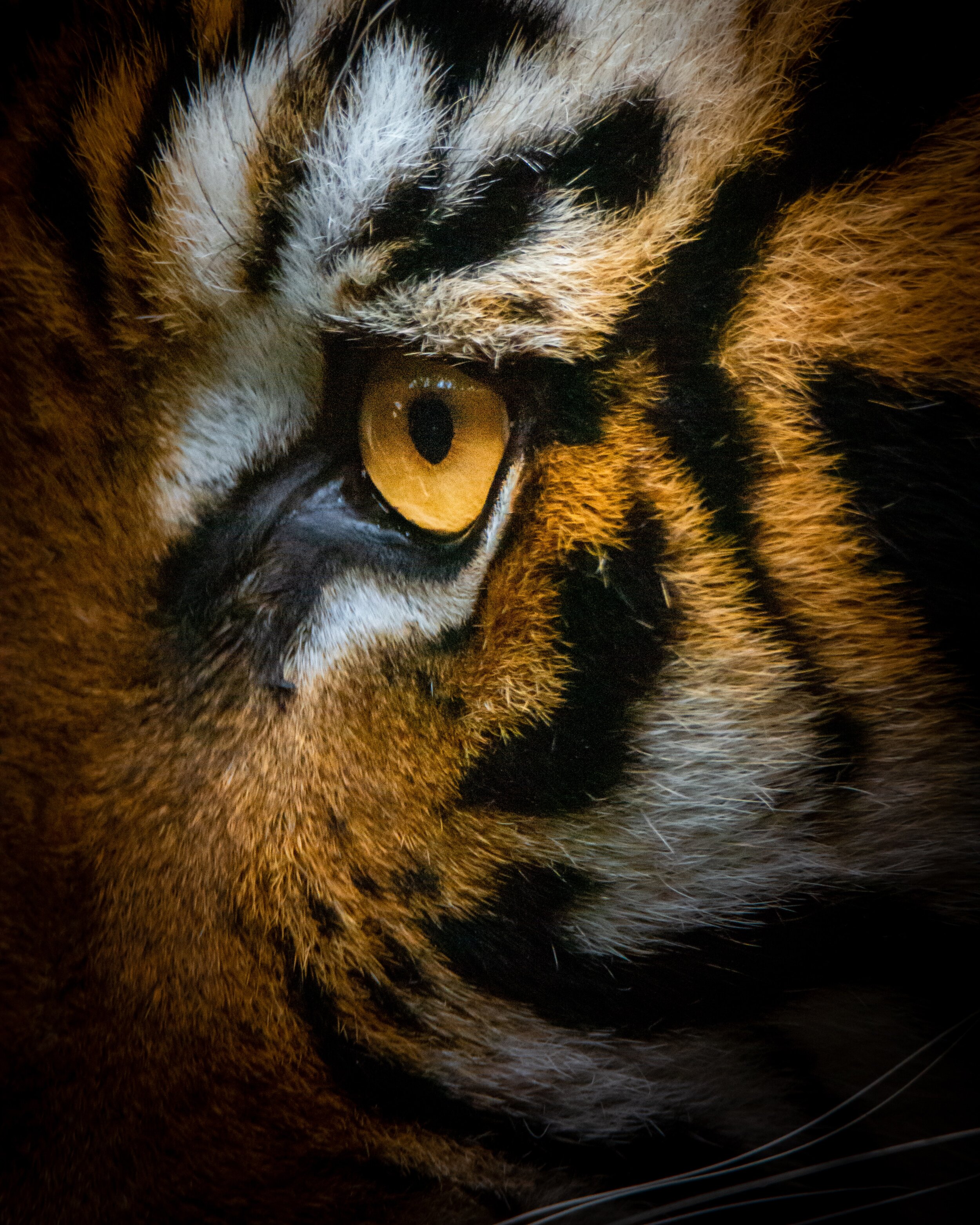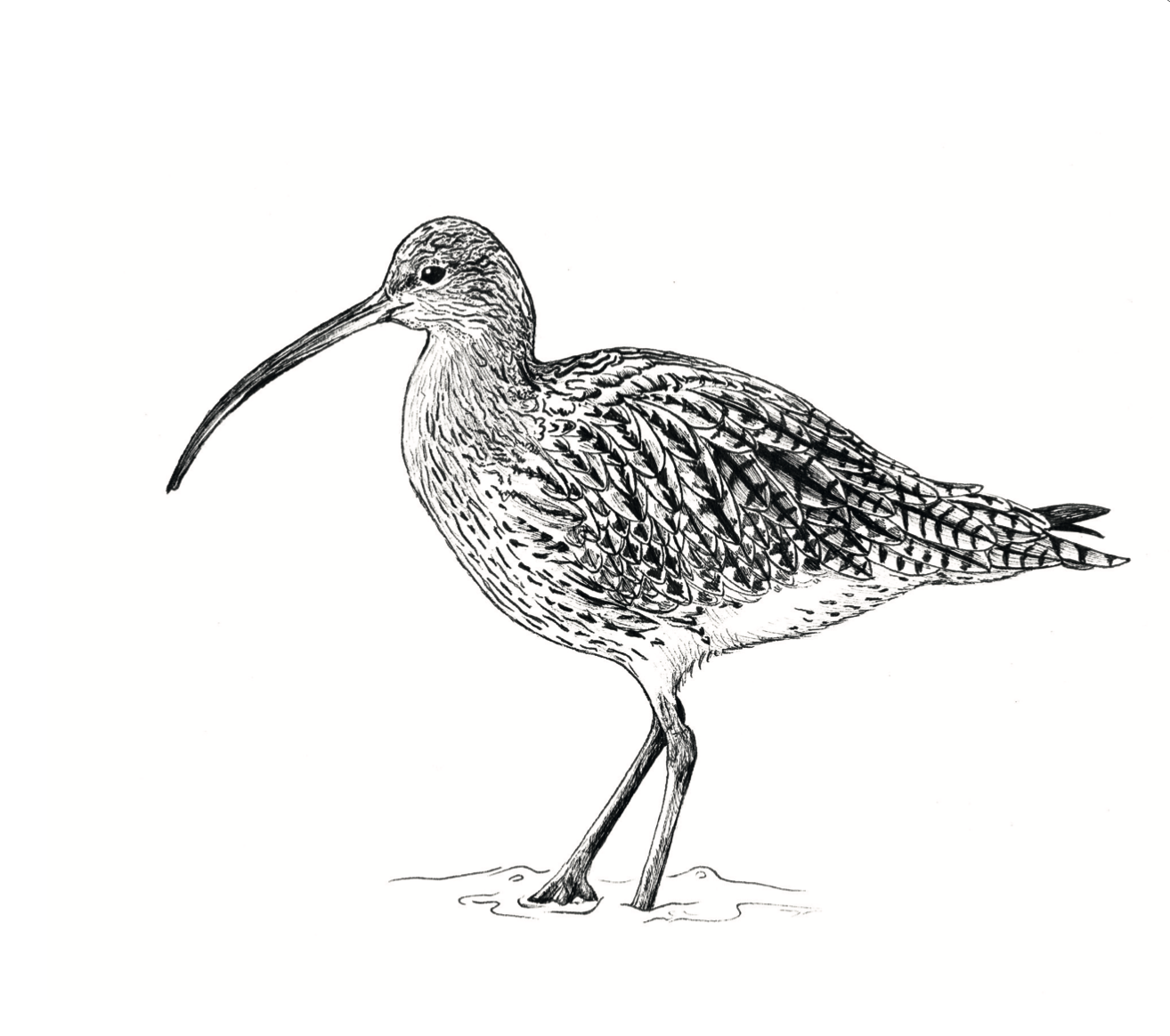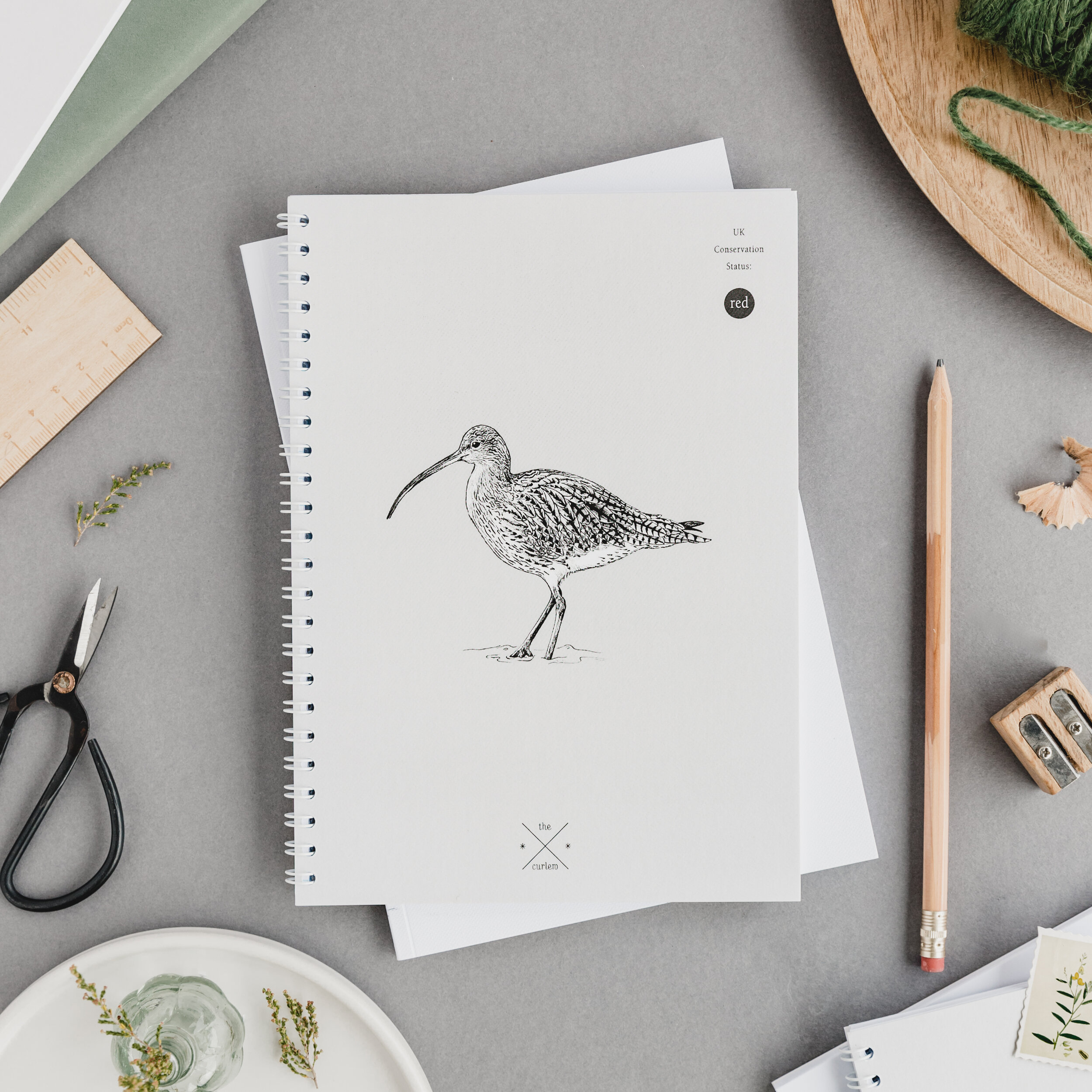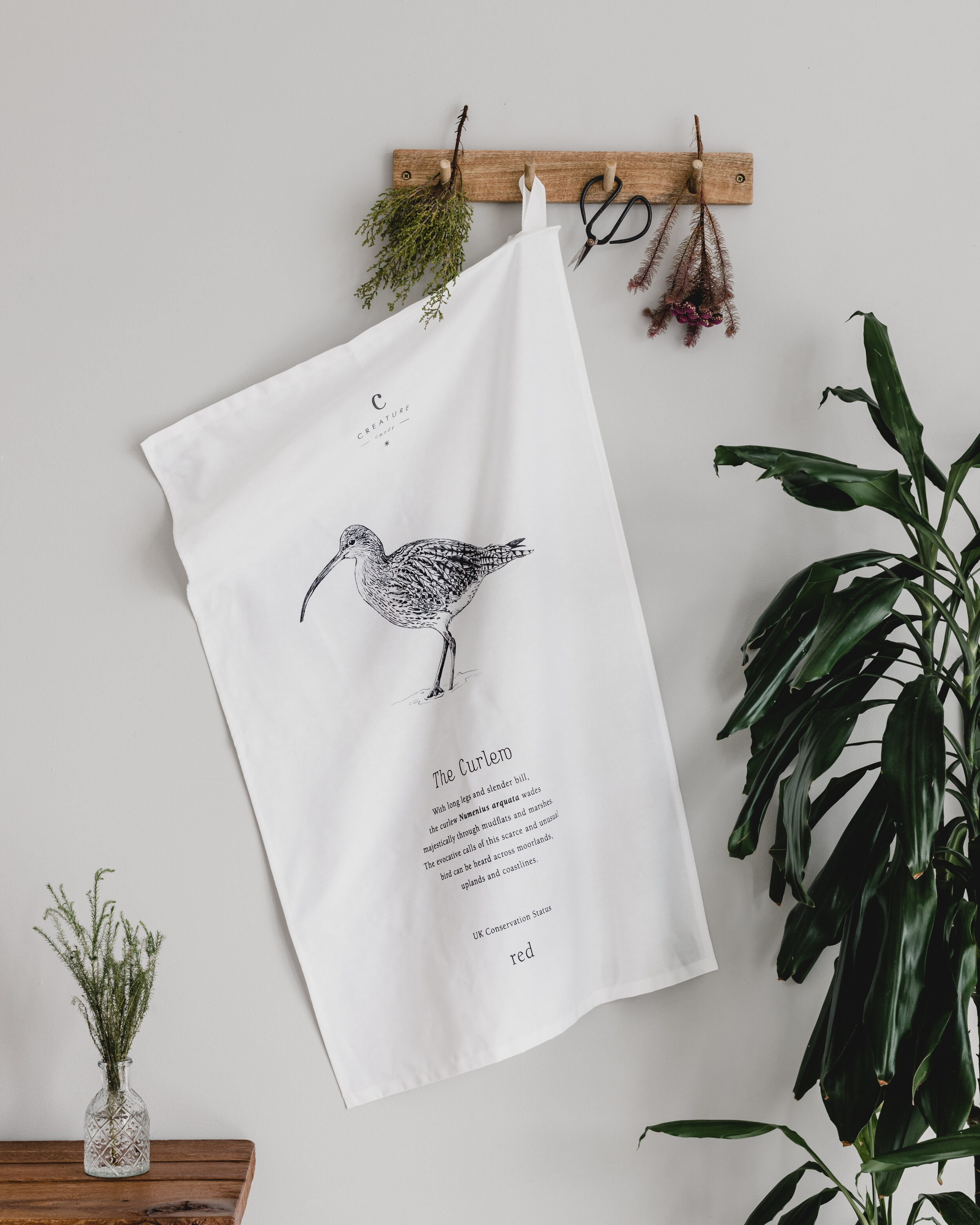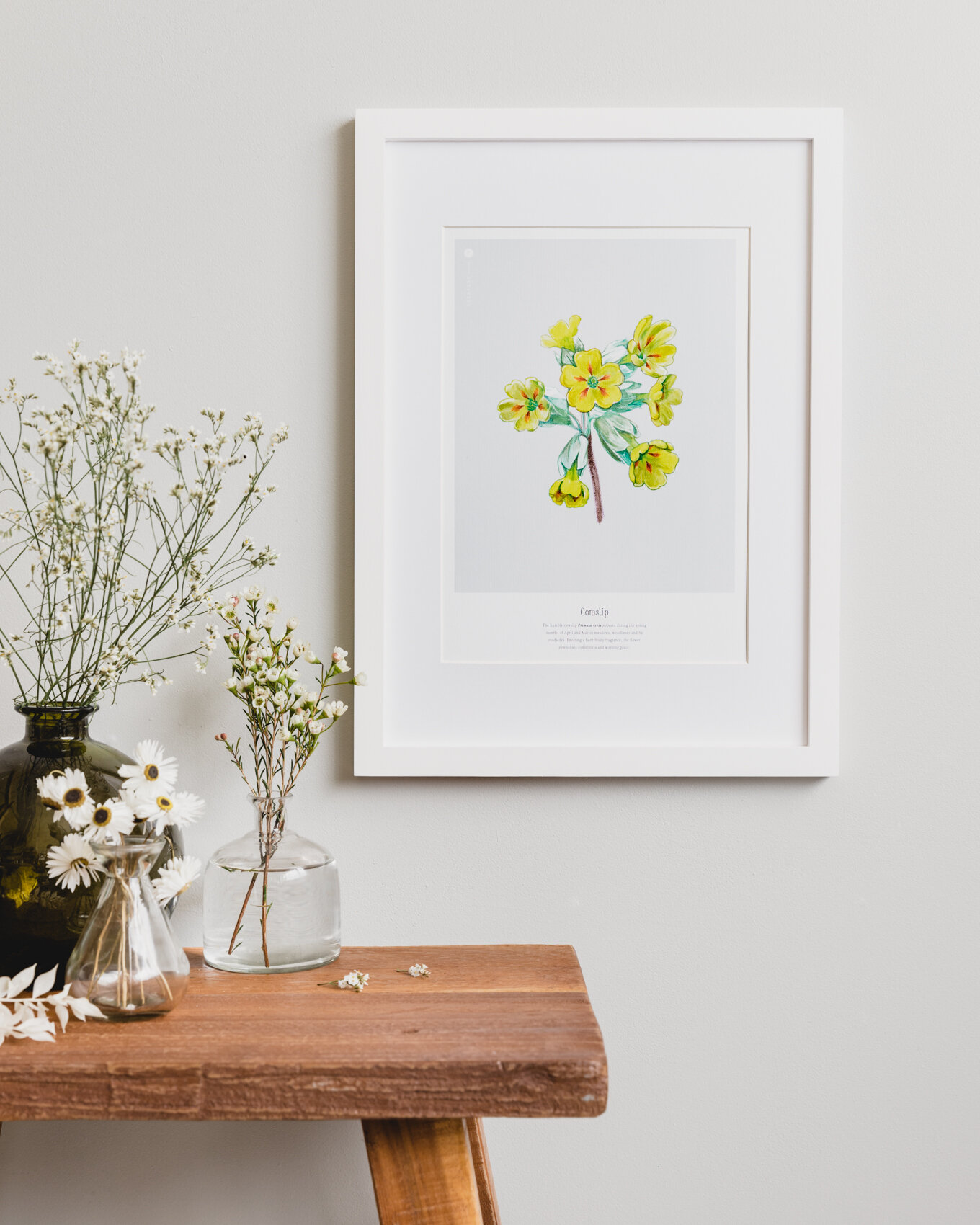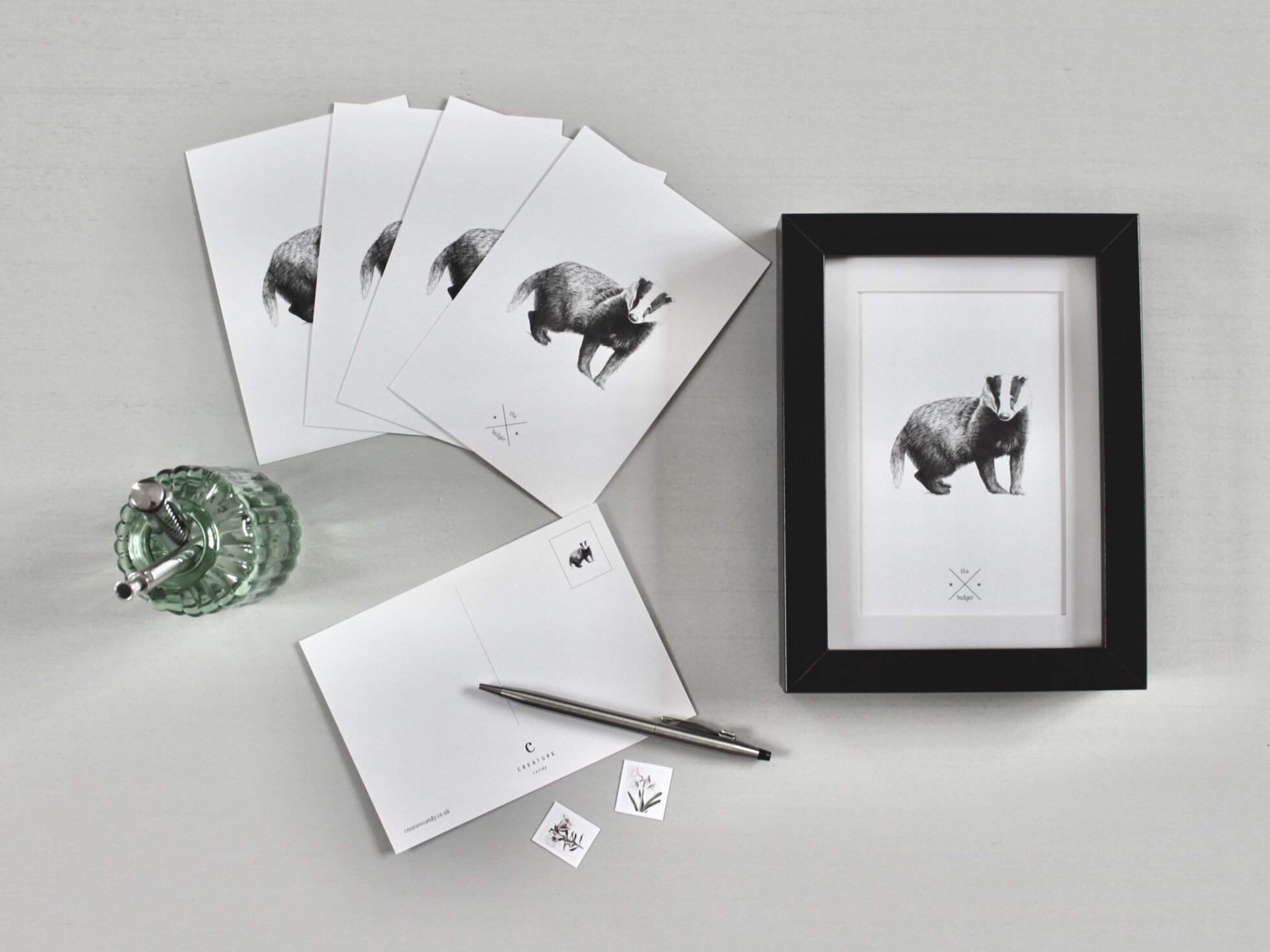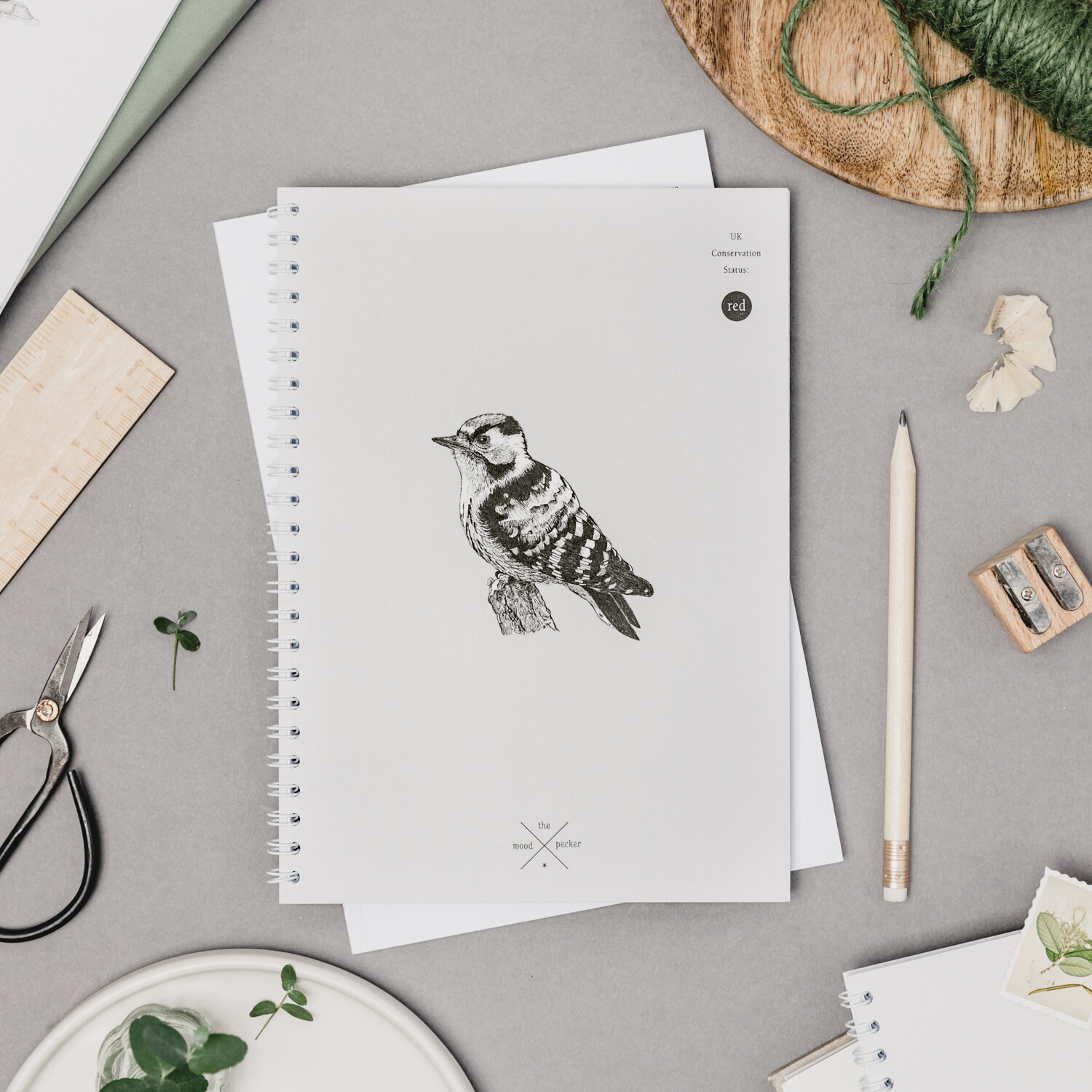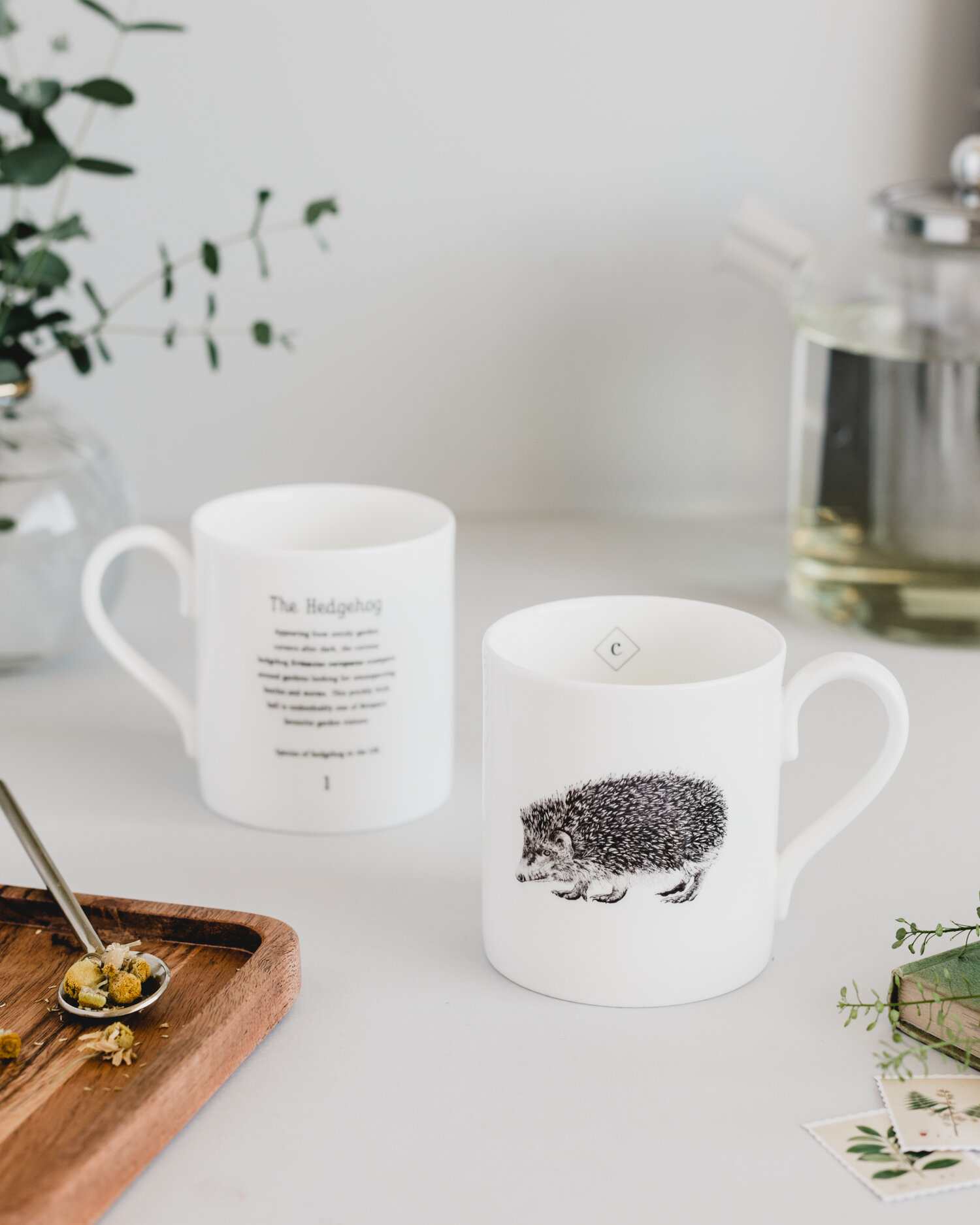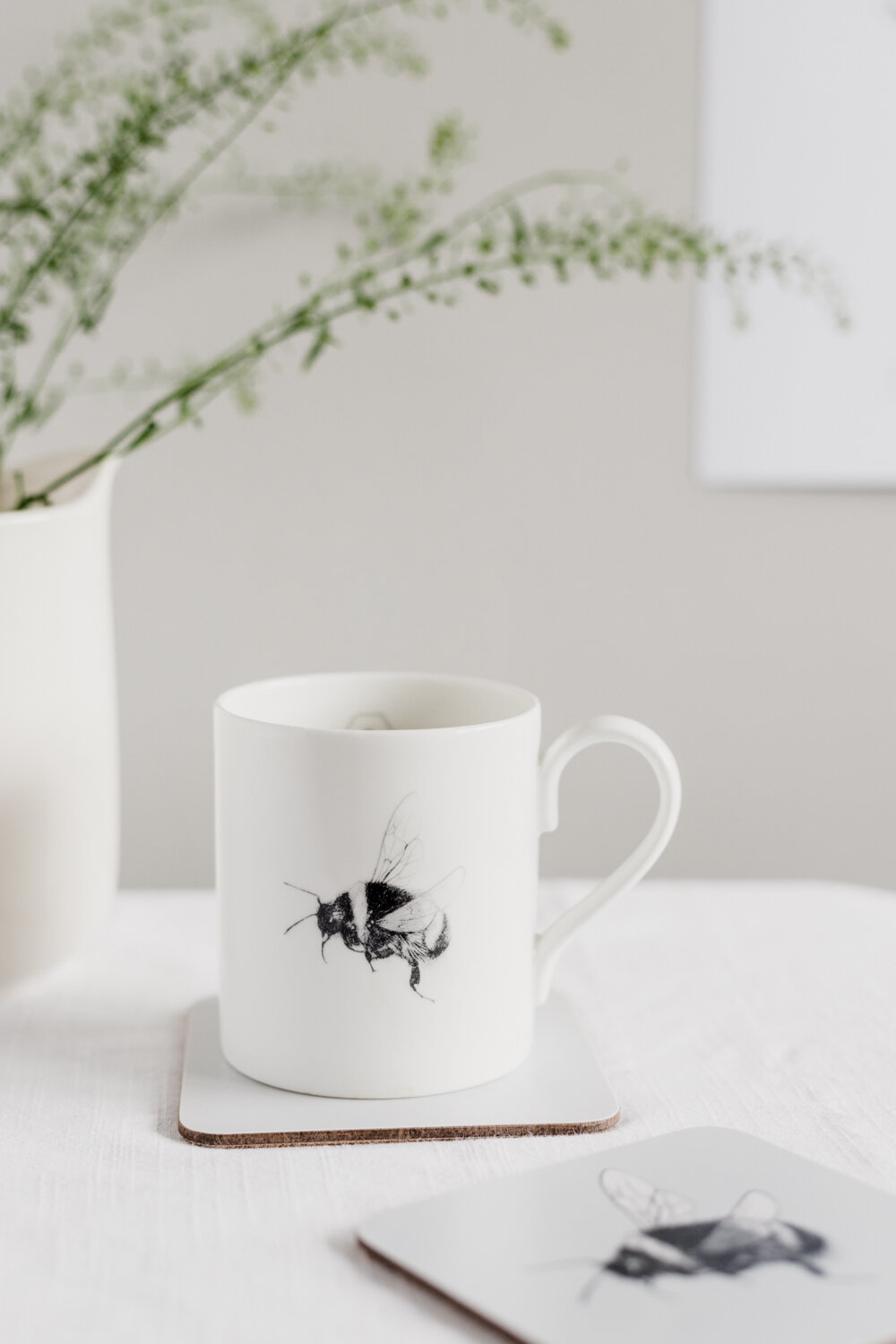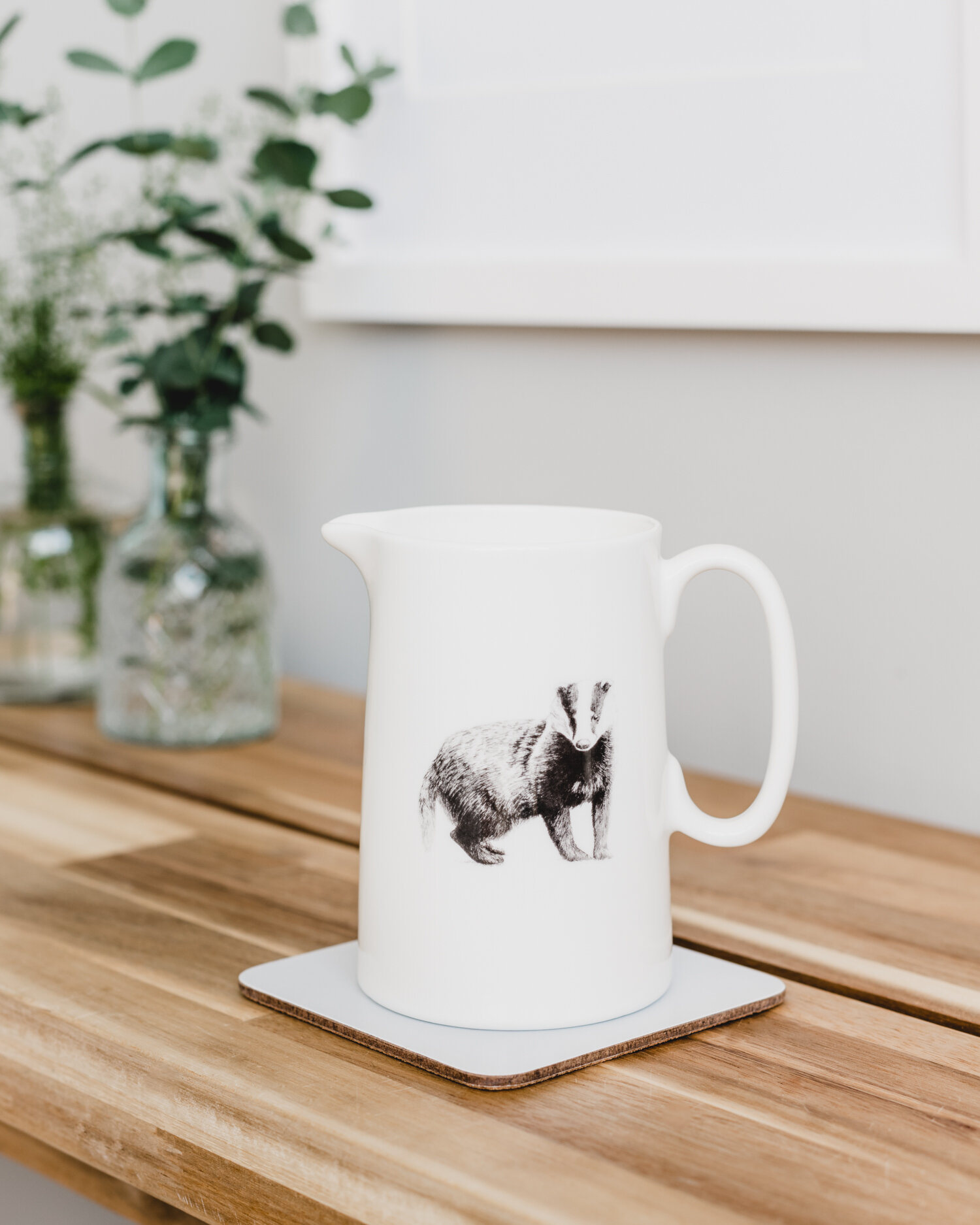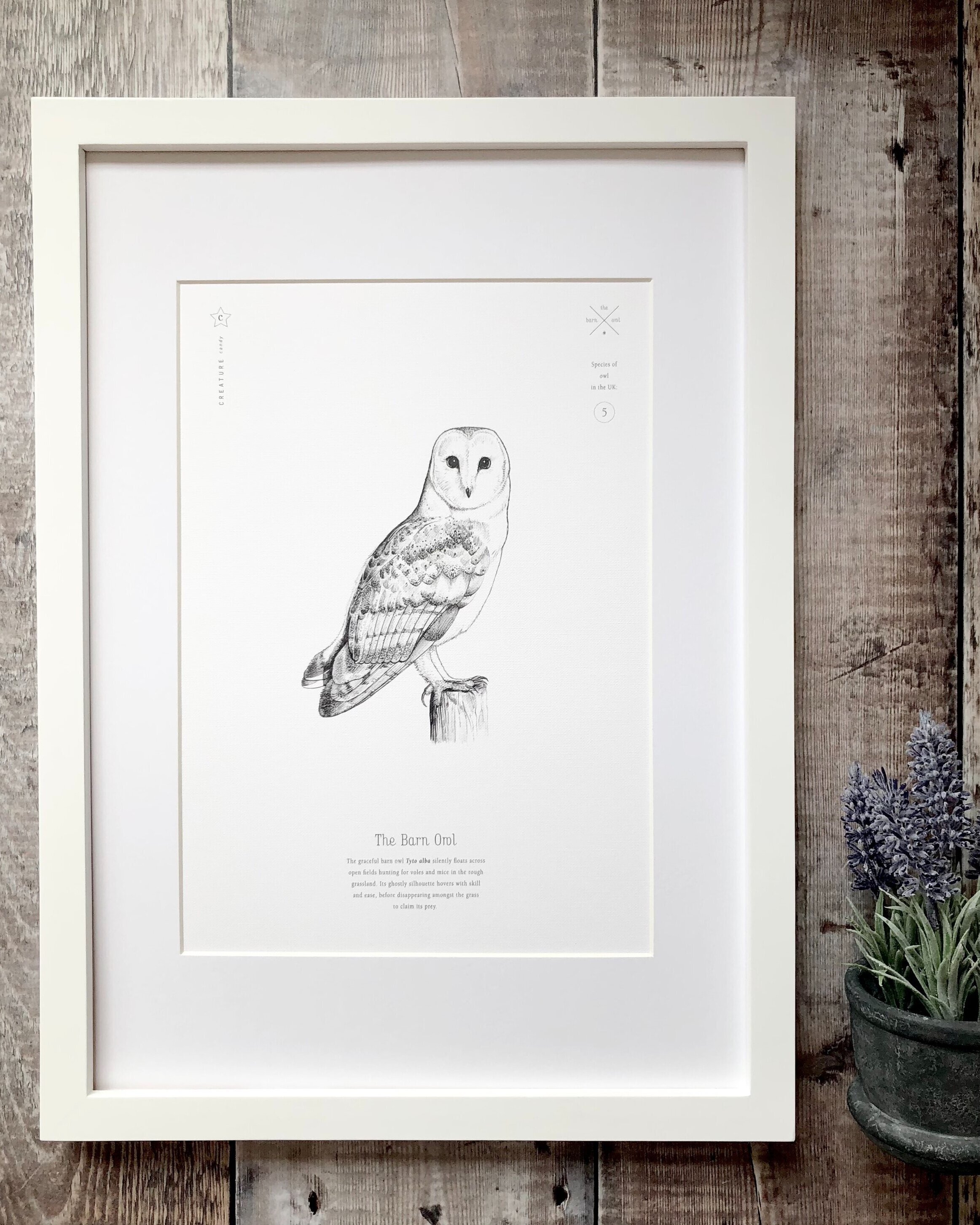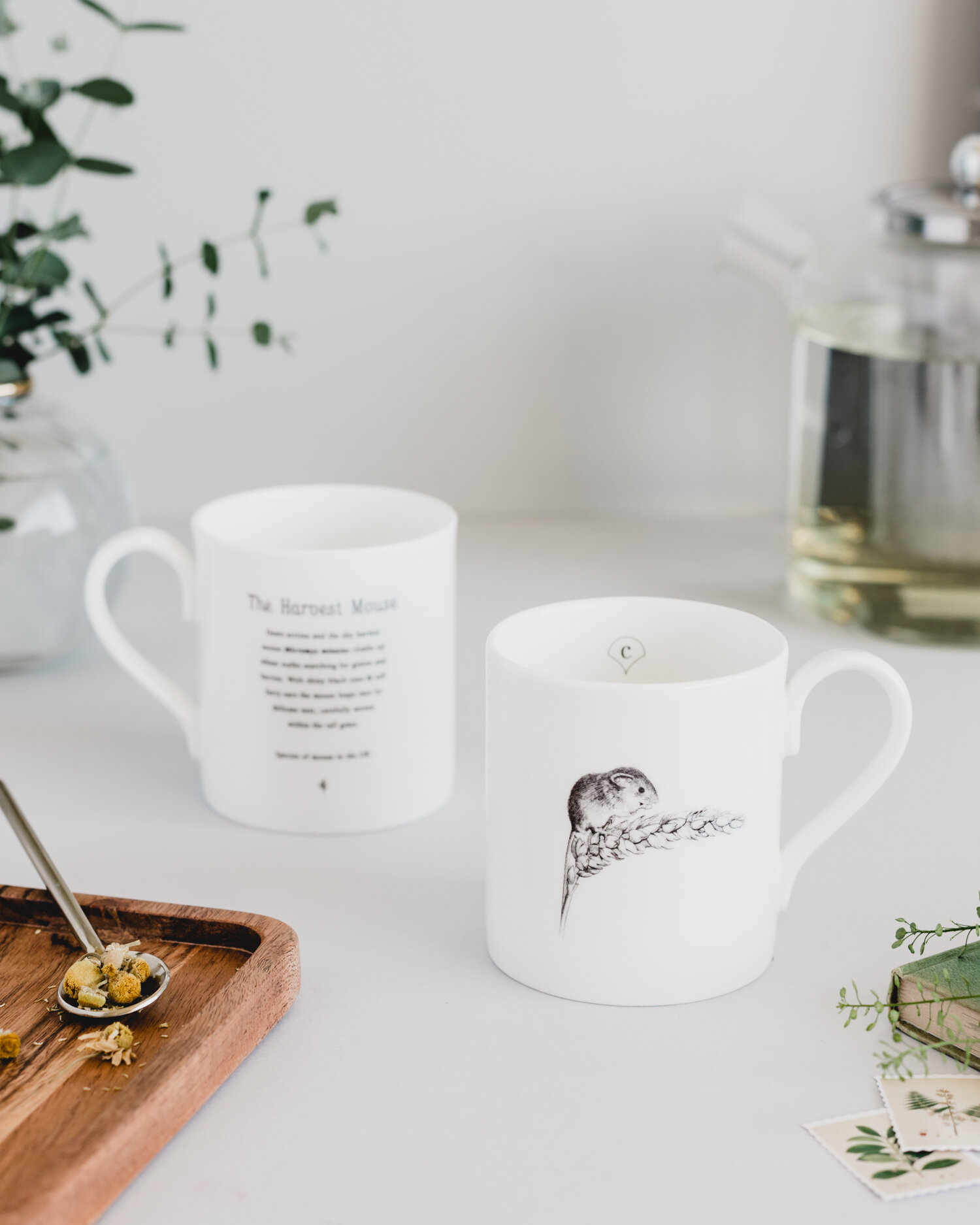By Brooke Haycock
I am a 13-year-old boy from East Sussex. Nature has always been important to me, but seeing a barn owl for the very first time three years ago changed everything.
Nature, as we all know, is incredible and we are so lucky to have it. When you are in nature, it makes you feel good about yourself.
On my walks, I pass some old fence posts where there is always a robin perching on one of them. It sings its little heart out, putting a big smile on my face. Who doesn’t love a robin?
Most days the robin is there and it fills me with joy. Some days I go past and wonder, ‘where is the robin?’ I always think to myself, ‘is it ok? Has it been taken by a sparrow hawk?’ It’s small thoughts like this that start popping into my mind and I am completely absorbed in nature and forget any other worries.
Nature can change how you feel and can even help you to channel your emotions.
Barn Owls
Three summers ago I went out looking for a barn owl at dawn close to where I live. As I approached the fields which looked perfect for barn owls, there It was, hunting right in front of my eyes, hovering above the church yard. I jumped with joy and could not believe that there was a barn owl hunting just near my home. The owl fascinated me with its grace and beauty. It soon went off into the distance with its prey to an old oak. I looked up and heard some barn owl chicks calling from the hollow.
Later that day I went on five further walks, smiling with happiness and fascinated to learn that a barn owl family had made my local patch its home.
To this day, I still observe that same barn owl pair, and over the years I have really got to know the male which has beautiful feather patterns. He is really special to me because I have spent hundreds of hours with him. One day I saw him fly far away over the tree line and he didn’t come back. I thought he was gone for good, but several months later I saw he had returned and I cried with happiness. He is just like a friend. I have got to know and understand him so well.
I hope this Barnie has a long life, but when he dies there will still be a part of him that is left here.
Tawny Owls
Last year, after months of searching, I finally found a tawny owl nest. On my way back home from my local ancient woods I heard a very faint, small chirp that was almost silent coming from a rotting tree trunk. At the time I thought nothing of it, but I went back day after day to listen out for the sound in the hope that I had found a nest.
One day, I saw a great spotted woodpecker on the hollow tree and assumed the chirp I had heard was from a newly hatched woodpecker. However, over time the chirp coming from inside the tree got louder and louder, and I was certain it was a tawny owl chick! A few days later I went back to the tree and glimpsed the top of a fluffy head peeking out from the hollow. I knew this was going to be another great owl adventure!
After daily visits to check on the three owlets I could see they were getting closer to fledging the nest. Directly beneath the tree was a wide, deep stream, and there were no branches anywhere near the hollow for them to perch on. I just couldn’t see how they would fledge the nest successfully, it looked impossible!
Every night I would go to sleep thinking and hoping they would make it safely across to the other side of the stream. Each morning I would rush out of bed to go to check on them.
To my amazement, the first owlet fledged the nest successfully and made it across the stream. My fingers were crossed for the other two. The next day, the second owlet fledged and the day after that, the third did as well! They were all safe now, high up in the trees and camouflaged by leaves so I could barely see them.
Over the next few days I spent time with the owls, watching them rest in the trees and competing with their siblings for food. The male and female were hunting all night to feed their chicks, as well as themselves! The chicks were growing quickly and were constantly hungry. I was lucky enough to see a food pass from the mother to the chicks. This was truly magical to watch in daylight and fortunately I had my camera rolling!
Each morning I would go out early to track their movements. It was quite easy to find them when they were being noisy, but some days they would be dead silent! On occasions I struggled to find them, but they were just very well camouflaged high up in the tree tops!
The next day I went out looking for the chicks, and they were not in their usual patch. A strange instinct kicked in and I started walking towards an area of the woodland which they had yet to explore. My intuition took me straight to a fallen oak tree where all three chicks were nestled together on a low branch. I wonder whether our connection with nature is stronger the more time we spend in it. They allowed me to be within 6 metres of them, so you can imagine how special it was. I felt like the owls had accepted me as they were totally relaxed with my appearance. Their adult feathers were coming through their downy fluff and their wings were almost fully-grown, but it would be a long time before they fully developed their colour.
It was fascinating and entertaining to watch them practice hunting, pouncing on leaves and twigs. Their call was also developing to more of a high-pitched squeak, and I realised the owls were ready to leave their mother’s territory and fend for themselves. I was able to capture my last photographs of the owlets together.
The next day I walked into their territory and it was silent. No birds alarm-calling the presence of the owls. No squeaky calls, just a few songbirds singing.
That night I cried with happiness to be able to say that all three owlets had now properly left the territory, and all the best moments I had with the owls were circling around in my mind. It was an incredible experience to be able to watch these owls grow up from cute little fluff balls to fierce, strong owls that were now going off to establish their own territory.
I can’t wait for Spring to arrive once again!
For more adventures and amazing wildlife photography, follow Brooke on Instagram:
Check out our new barn owl range!
10% of the sale price of all owl products is donated to the Hawk and Owl Trust.







































